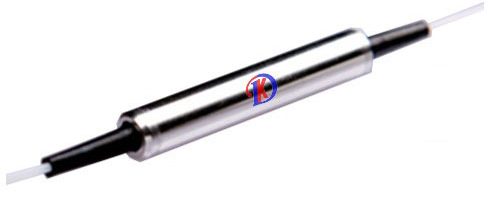In the ever-evolving landscape of optical communication, technology continues to advance at a rapid pace. One of the key innovations in this field is PM Filter WDM, a technology that plays a crucial role in optimizing data transmission and network efficiency. In this blog, we will delve into the world of PM Filter WDM, exploring what it is, how it works, and its significance in the realm of optical communication.
What is PM Filter WDM?
PM Filter WDM stands for “Polarization-Multiplexed Filter Wavelength Division Multiplexing.” Let’s break down this mouthful of a term:
1. Wavelength Division Multiplexing (WDM): This technology allows multiple optical signals with different wavelengths of light to be combined and transmitted over a single optical fiber. In essence, it’s like sending multiple streams of data over a single road.
2. Polarization-Multiplexed: This aspect of PM Filter WDM relates to the use of polarization to differentiate between the various wavelengths of light. Light, as an electromagnetic wave, has both electric and magnetic components that oscillate in a particular orientation. This orientation is known as polarization. By leveraging polarization, PM Filter WDM can further increase the capacity and efficiency of optical communication systems.
How Does PM Filter WDM Work?
PM Filter WDM operates by using a combination of filtering and polarization multiplexing techniques. Here’s a simplified overview of the process:
1. Signal Generation: Data is initially converted into optical signals using lasers, each operating at a different wavelength (color of light).
2. Polarization Multiplexing: The optical signals are then split into two orthogonal polarization states, typically referred to as “horizontal” and “vertical.”
3. Wavelength Combining: The polarized signals are combined and filtered through a device known as a PM Filter. This filter separates and directs the different wavelengths of light based on their polarization.
4. Transmission: The filtered signals are then sent through an optical fiber, allowing for the simultaneous transmission of multiple data streams over the same medium.
5. Receiving End: At the receiving end, a complementary PM Filter separates the different wavelengths and polarizations to recover the original data streams.
The Significance of PM Filter WDM
PM Filter WDM offers several advantages in the realm of optical communication:
1. Increased Capacity: By utilizing different polarizations, PM Filter WDM effectively doubles the capacity of existing WDM systems. This is crucial as the demand for higher bandwidth continues to grow.
2. Enhanced Reliability: The use of multiple polarizations makes PM Filter WDM more resilient to signal degradation caused by various factors, including fiber imperfections and external interference.
3. Efficiency: PM Filter WDM optimizes the use of available optical bandwidth, allowing for more data to be transmitted simultaneously without the need for additional fibers.
4. Simplicity: PM Filter WDM simplifies the architecture of optical networks, reducing the need for complex signal processing equipment.
Conclusion In the world of optical communication, PM Filter WDM represents a significant step forward in enhancing capacity, reliability, and efficiency. As the demand for faster and more reliable data transmission continues to rise, technologies like PM Filter WDM will play a pivotal role in meeting these growing needs. Understanding the fundamentals of PM Filter WDM is essential for those working in the field of optical communication and for anyone interested in the future of high-speed data transmission.
